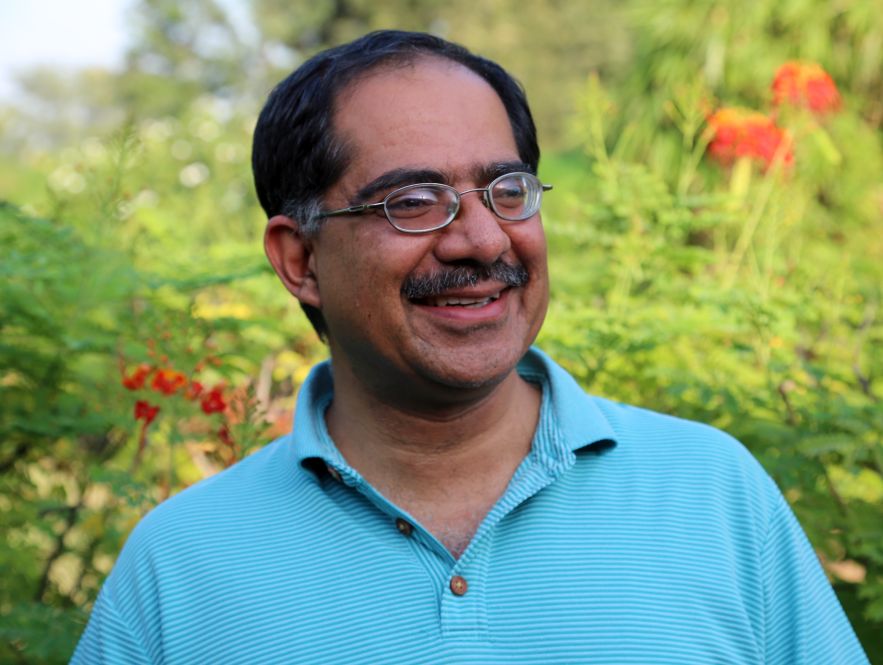In the past 18 months, the government of India launched several programs with the common objective of improving financial inclusion. Undoubtedly, these programs have made a huge impact on citizens and on the economy. Aadhaar for instance, now includes 940 million Indians. Jan Dhan Yojna has resulted in 15 million people getting bank accounts in a short span of time. DigiLocker (the national digital locker security system) and e-KYC were welcome introductions too. And now, everyone is eagerly awaiting NPCI’s UPI and Bharat Bill Payment System.
While all these initiatives are directed at Financial Inclusion, they also opened up multiple opportunities for millions of entrepreneurs in the country. These government programs have also impacted Indian citizens in one form or another. With a mandate from the regulator, e-KYC has now become a standard formality. This year, the 12th grade results for all CBSE schools in India have been issued to students not in paper-based format, but as an electronic authenticated copy via DigiLocker. In a year or two, you can expect all school certificates in India to be issued in this manner.
But the possibilities (and impact) would increase manifold if all these programs or components were somehow tightly integrated. And that’s just what a talented team at iSPIRT (the Indian Software Product Industry Roundtable) has been trying to do for months. After numerous discussions with stalwarts of the aforementioned government programs, with banks, and with fintechs, iSPIRT finally sees it all coming together. The integration program is named ‘India Stack’.
The real glue to bringing it all together is the Government of India’s Open API policy. When this finally happens, India Stack will solve two key problems: It will establish a much-needed ecosystem for entrepreneurs in India to build businesses. And two, it will give millions of Indians (who live below the poverty line) access to technology and services that were hitherto beyond their affordability and access. India Stack will prove that technology can be a great leveller.
Sharad Sharma, co-founder and Governing Council member of iSPIRT said: “India Stack is really a collection of these technology building blocks which are all public goods. The role of iSPIRT is to conceptualize, architect, and be involved as ‘Sherpas’ to bring it to life. This is not an iSPIRT initiative. Rather, this is India’s effort to build public goods with the goal of solving India’s problems with technology.”
iSPIRT likens itself to a team of Sherpas, the porters who carry loads to base camps during mountaineering expeditions. But it is the summiteer(s) who get all the publicity. In this case, the summiteer would be a government agency such as DeitY or NPCI.
“We follow the Sherpa model wherein we combine the expertise of selfless volunteers who are not in government. They are high quality techies who are patriotic and are willing to work in a completely selfless manner – without money changing hands. We have strict rules: the core team at India Stack have foresworn any investments in this area. We also agreed among us not to invest in fintech or tech startups. We don’t take any advisory from any of the companies we work with. This is truly a pay forward, conflict-free, and voluntary model,” said Sharad.
The strength behind India Stack is its highly qualified and experienced team, which includes the core Aadhaar team. The team that builds India Stack is called the Open API team. The team includes: Nandan Nilekani, Sharad Sharma (iSPIRT), Pramod Varma (Chief Architect, UIDAI), Sanjay Jain (Chief Product Manager, UIDAI). Sanjay Swami (fintech Entrepreneur turned VC), NRK Raman (former CEO, i-flex).
The other factor that makes the team confident is the modern architecture behind India Stack. It has been deemed one of the best systems in the world.
Architected for innovation
Essentially, India Stack is a set of API’s managed by public organisations, developed by iSPIRT volunteers with links to Digital India Initiative & JAM (Jan-dhan, Aadhar, Mobile) — to fuel Innovation & Entrepreneurship. iSPIRT believes India Stack is going to create the necessary ecosystem to build applications and products for the Indian market. The system is being carefully architected to ensure that it creates an opportunity for the entrepreneur.
India Stack is a complete set of APIs, made available under the Open API Policy, which enables development of payment-enabled apps. It includes Aadhaar for authentication, e-KYC documents (safe deposit locker for issue, storage and use of documents), e-Sign (digital signature acceptable under the laws), UPI (for financial transactions) and privacy-protected data sharing within the stack of API. The topmost layer in the stack is the Consent Layer and it will be introduced later this year.
The India Stack initiative is the outcome of multiple discussions with policymakers across the country. The idea is to have a common vision and to help with the architecture of the solution. And to work with various bodies in government to help implement it at scale.
Creating public goods
Sharad adds: “India Stack was based on a simple idea. If you want a thriving product ecosystem in India, then you need public goods. So in 2009 we decided to build the right public goods for India. And we believe that should be done without using public money. In fact, that became our motto at iSPIRT. If you are not using public money, then the only way out is the open source model. It is about the volunteer model to build those public goods.”
iSPIRT’s goal has always been to work with startups and to foster an ecosystem in which startups thrive. When startups create public goods you can expect a lot of economic activity.
Venkatesh Hariharan (Venky), Director, Fintech at iSPIRT said: “We looked at various sectors such as education and healthcare and felt the Financial sector was right for this; with Aadhar serving as the identity layer, it was easy to build on top of that, especially for financial inclusion.”
India Stack enables Apps that could open up many opportunities in financial services, healthcare and education sectors of the Indian economy. What this essentially means is that developers and tech startups can now build software and create businesses around the readily available infrastructure offered through India Stack, thus opening a huge potential to tap into the booming smartphone market in the country. Since the consumer market in India is very large, such startups could also hope for institutional funding and gain from the early mover advantage.
The primary objective for India Stack is to enable financial inclusion. The iSPIRT team has worked on all these technologies and has deep technical expertise. So it is geared to playing the role of systems integrator.
Banking on it
According to Venky, many banks have shown interest in working with India Stack. He says the response received from Indian fintech’s was overwhelming. So iSPIRT established the Fintech Leapfrog Council (FTLC). It is now working with a few banks, notably: Axis Bank, SBI, Bank of Baroda, and IDFC Bank. iSPIRT and the banks convene every three months to discuss the technology changes and updates.
“One of the areas where we see impact is alternate lending. Lending startups are saying that they are proud to be building on India Stack. They benefit from all layers of India Stack. These startups are using almost all elements of the India Stack,” added Sharad.
IMPACT
There are 51 million SME’s in India that employ close to 40 percent of India’s workforce. Yet they contribute only 17 percent to the GDP. The reason for this is that SME’s have not been part of the formal lending system, which requires them to be tech-savvy. According to Google India, only 10 million SME’s are technology ready.
But as India Stack takes shape, with formal endorsement from the government and regulatory bodies, this scenario is likely to change and make a big impact on the SME community.
“Going digital (and embracing low-cost and accessible technology) will throw up a lot of objective data, on the basis of which you can lend to people. It will provide a lot of transparency into transactions. And people will have an incentive to stay honest. With a clean credit record, one can get a lower rate of interest. It also opens up multiple sources of legitimate funding,” added Venky.
Undoubtedly, digital will give more visibility into transactions and you will be able to spot some important insights.
Sharad believes entrepreneurs can also benefit from India Stack because it reduces the cost of building a system.
“India Stack allows you to build systems with small teams, to solve India’s problems in the hinterland. And using India Stack is free. It has no opinion on who will be the winner. So the entrepreneur is safe using it. They can build on top of it. e-sign is already used extensively. For instance, in Bangalore it is being used for signing rental agreements,” said Sharad.
A transition in the offing
India has always faced a challenge of delivering services to its huge population. But India Stack could get round this challenge using inexpensive technology. The nation is looking for “a transition from technology-poor to innovation-rich society” and India’s rich ecosystem of entrepreneurs have a major role to play here.
The problems (read opportunities) in financial services, healthcare and education in India are all so large that it seems only the right technology and entrepreneurial brainpower can cost-effectively solve them. Solving these scale problems should mean great business sense too for the entrepreneurs who might be involved.
But if you look at some of the achievements especially in the Banking and Finance sector, you will agree that India is ahead of even the most advanced countries. For instance, it is the only country in the world offering such an open and secure API.
With the participation of highly talented entrepreneurs (thanks to an Open API system), and backed by a supportive government, India Stack might just succeed.
Recently, on his visit to India, Bill Gates commented on India Stack saying: “India is on the cusp of leapfrogging!”
For more details on India Stack see www.indiastack.org











